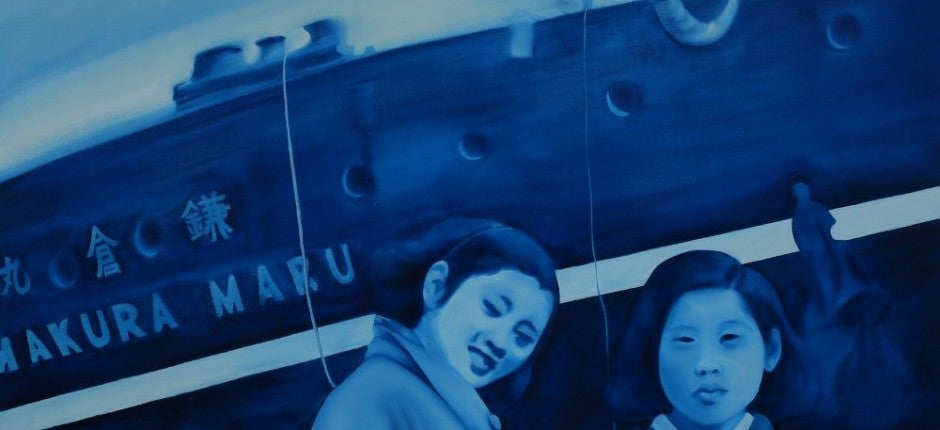Mistura for the fans: performing mixed-race Japanese Brazilianness in JapanPosted in Articles, Asian Diaspora, Brazil, Caribbean/Latin America, Literary/Artistic Criticism, Media Archive, Women on 2015-12-14 02:16Z by Steven |
Mistura for the fans: performing mixed-race Japanese Brazilianness in Japan
Journal of Intercultural Studies
Volume 36, Issue 6, 2015
pages 710-728
DOI: 10.1080/07256868.2015.1095714
Zelideth María Rivas, Assistant Professor of Japanese
Department of Modern Languages
Marshall University, Huntington, West Virginia
In this article, I examine fans’ consumption of mixed-race Japanese Brazilian female bodies in Japan. The article does this by examining two case-study representations of Japanese Brazilian female bodies: Miss Nikkei in Karen Tei Yamashita’s mixed-media collection of essays and short stories, Circle K Cycles (2001); and performances by the Japanese idol group Linda Sansei (2013 debut). I argue that although the Japanese Brazilian population has largely been represented as minor characters in Japanese history, literature, and culture, the degree of consumption by fans belies this and points to the multiplicity of Japanese Brazilian identities. Moreover, the gendered, feminized body in these texts becomes a stereotyped, Orientalized, and fetishized Japanese body that is oftentimes juxtaposed to a sexualized, racialized Brazilian body. While this could distance fans and disavow the mixed-race Japanese Brazilian female body, Miss Nikkei and Linda Sansei perform gender and race in ways that demand recognition of their bodies as different to preconceived stereotypes. Fans consume the commodification of these new identitarian representations in a way that allows the mixed-race Japanese Brazilian female to attain social mobility, disavowing traditional categorizations as lower socio-economic class dekasegi, or foreign labourers.
Read or purchase the article here.







